ABB takes nautical lead in energy race
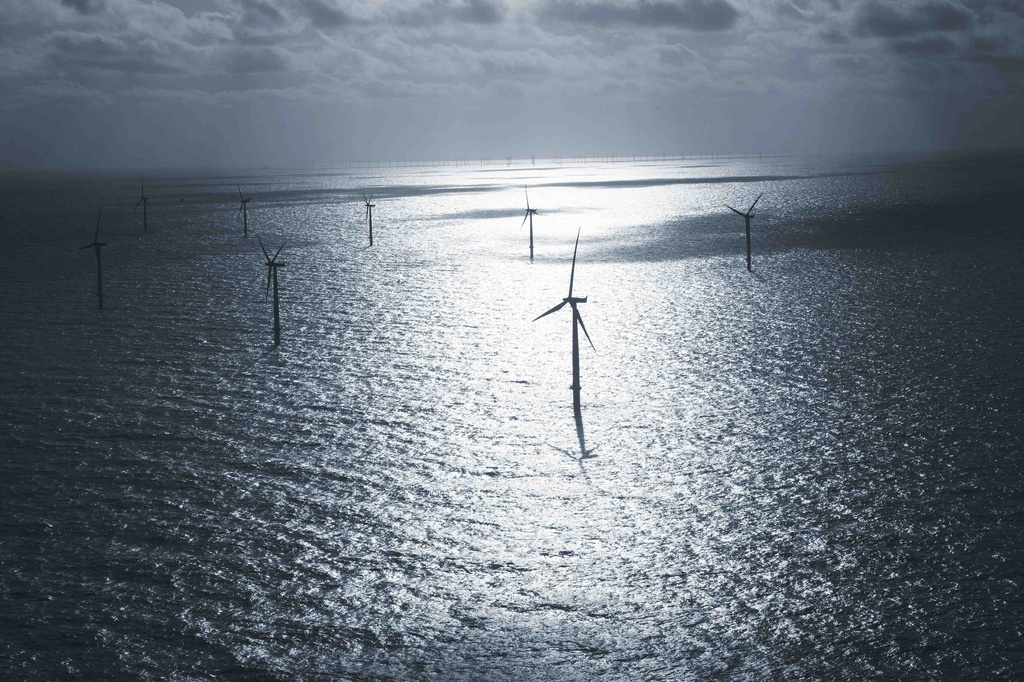
The commercial race to upgrade the global supply of electricity has opened the door to potential riches for some companies.
One of the frontrunners, Swiss-Swedish technology company ABB, recently raised the bar by pioneering a system for improving the efficiency of electrical power on board ships.
ABB’s onboard direct current (DC) power grid promises to save up to 20 per cent on fuel consumption and carbon emissions in boats. The company hopes that its energy saving system will soon become standard on ferries, yachts, tugboats and offshore platform support vessels.
The breakthrough is just one small part of an international bid to increase the efficiency of energy production and distribution.
Thanks in large part to the rapid rise of emerging economies and population increases, the worldwide demand for energy has increased 20 per cent in the past decade, according to independent global think tank World Energy Council (WEC).
Reduce wastage
Electricity makes up one third of all energy produced, and accounts for up to half of energy-related C02 emissions, WEC estimates. With existing infrastructure struggling to provide answers to the increased demand and environmental concerns, much attention has turned to making the system more efficient.
ABB and other multinationals have spent multiple millions of dollars on research in three main areas: the efficient long distance distribution of electricity, connecting previously incompatible power grids and introducing more DC technology in place of alternating current (AC) systems.
Besides ships, ABB believes DC systems could be applied to factories and the increasingly popular computer data centres.
While electricity is commonly distributed by the AC system, a growing number of household appliances and computers require or prefer DC power input. While it is possible to convert power supplies between AC and DC, the process results in energy wastage.
Distributing more power as DC simply makes more sense, according to ABB’s head of smart grids, Jochen Kreusel.
“Reducing the number of conversion steps from AC to DC reduces the amount of energy wastage and resulting costs,” he told swissinfo.ch.
But Kreusel admitted that while DC is currently viable option in specific environments such as boats, a wholesale conversion from the established AC power delivery systems remains a theoretical concept at present.
Talk of a supplementary DC grid in Europe will remain a pipedream until it is economically viable, according to WEC Secretary-General Christoph Frei.
“The default system of delivering energy under 600 kilometres is AC,” he told swissinfo. “Changing to a DC network remains a question of the distances to be covered and cost. Energy prices would have to go up further still to stimulate a blanket shift.”
Pioneering work
Another key energy saving technology is high voltage direct current (HVDC), pioneered in the 1930s by ABB’s predecessor, Swedish company ASEA. First put into commercial use by ASEA in 1954, HVDC is a system of cables, converters and other infrastructure that allows DC electricity to be transported over far greater distances.
Demand for HVDC has rocketed in the past few years with large emerging economies, such as China and India, requiring improved infrastructure to distribute their power supply over longer distances.
The quest for more renewable energy sources is also shifting energy production centres, such as offshore wind farms, further away from end-users. But as renewables become more economical, the desire to integrate them into the power grid is increasing, Kreusel explained.
“As the gap between the price of renewable and traditional energies narrows we will see a higher share of renewables being distributed from remote production sites to end-users all over the continent,” he said.
HVDC is also crucial to Africa realising its vision of following China’s lead in hydropower production, as typified by the Chinese Three Gorges dam. An even more ambitious project is being planned on the River Inga in the Democratic Republic of Congo.
“Africa currently realises only seven per cent of its hydro-electric potential,” WEC secretary-general Christoph Frei told swissinfo.ch. “The continent could harvest tremendous amounts of energy, but it only makes sense if it can be delivered efficiently across long distances with HVDC.”
Peace and security
The final piece of the electrical efficiency jigsaw is to connect previously incompatible power grids either within or between countries. HVDC technology makes it possible not only to transport electricity vast distances from one point to another, but also to spread power over a larger surface area by linking grids.
This achievement brings social and political benefits in addition to commercial gains, according to WEC’s Frei.
“Connecting the power supplies of different countries also brings positive peace and security aspects and strengthens economic exchanges,” Frei said.
“Not all regions are equally endowed with energy sources and if you want to distribute power more equally you need interconnectivity.”
ABB estimates it controls around 40 per cent of the existing HVDC market, with main rival Siemens commanding a similar market share. Exact sales figures, however, are a carefully guarded secret.
But competition, particularly from Asia, is pushing hard to grab a larger slice of the business that has an estimated potential value of SFr7-9 billion ($7.7-10 billion) per year once the last technological barriers have been hurdled.
Those barriers include beefing up the capacity and speed of HVDC distribution lines.
Another vast pot of gold awaits the company that can develop effective DC circuit breakers that would emulate the ability of AC systems to deliver a more flexible power supply for both industrial and household users.
The search for the most efficient method of distributing electricity has been raging since the earliest days of mass consumption in the late 1800s.
Thomas Edison’s direct current (DC) system was eventually discarded in favour of Nikola Tesla’s alternating current (AC) method after the latter found favour with manufacturers in Europe and the United States.
While AC is best able to deliver electricity to a wide variety of domestic and industrial appliances at different voltages over short distances, high voltage direct current (HVDC) can distribute power over long distances with less wastage.
ABB’s predecessor company ASEA developed HVDC technology in the early 1900s, reaching successful commercial application in the 1950s.
The Swedish firm’s breakthroughs were used to connect outlying islands to the Swedish power grid using undersea cables. The system was successfully implemented throughout Scandinavia.
The need for HVDC solutions has rocketed in recent years with the rapidly increasing energy demands of emerging economies. These demands involve greater distances, environmental concerns and the development of remote renewable power generating sites.
HVDC can also be utilised to connect previously incompatible (or asynchronous) AC electricity grids either within or between countries.
According to ABB’s website, there are 145 HVDC global projects planned or in existence with a transmission capacity of 140,000 megawatts. ABB has supplied technology for more than 70 of these projects with a combined 70,000 MW capacity.

In compliance with the JTI standards
More: SWI swissinfo.ch certified by the Journalism Trust Initiative
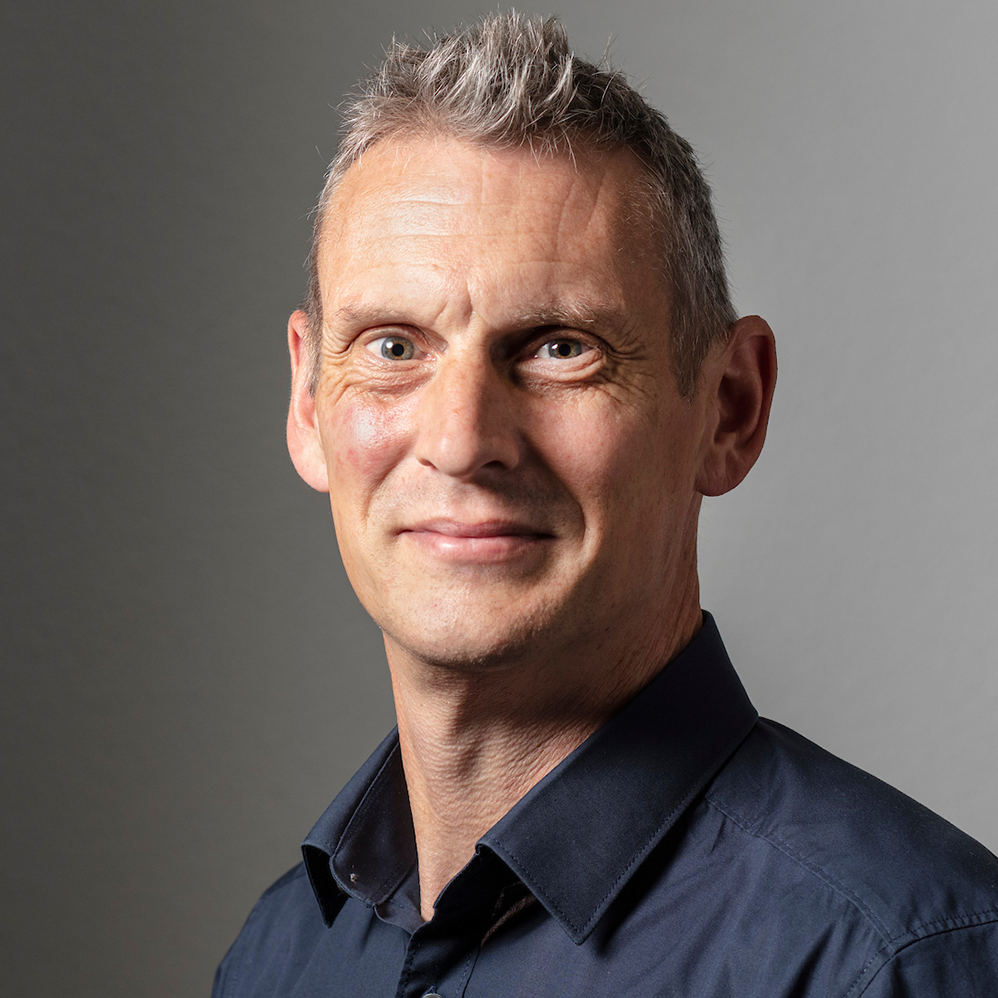
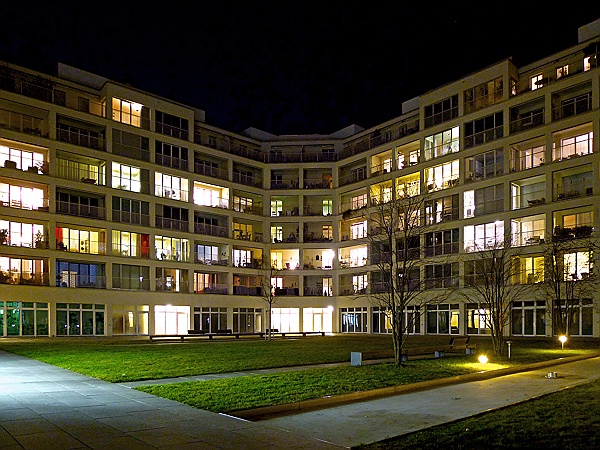
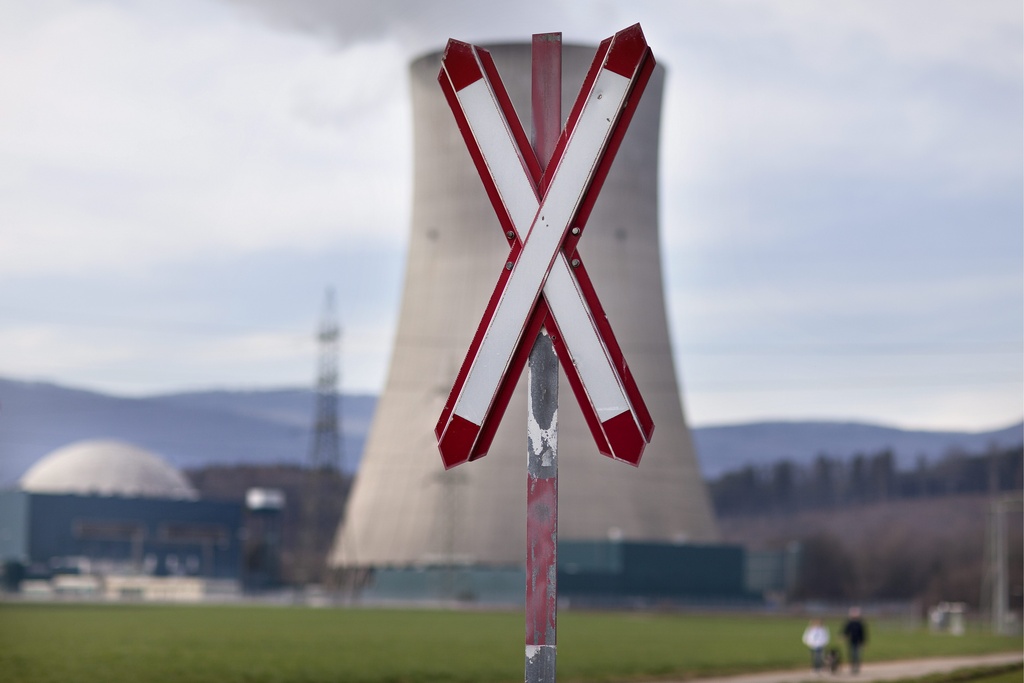
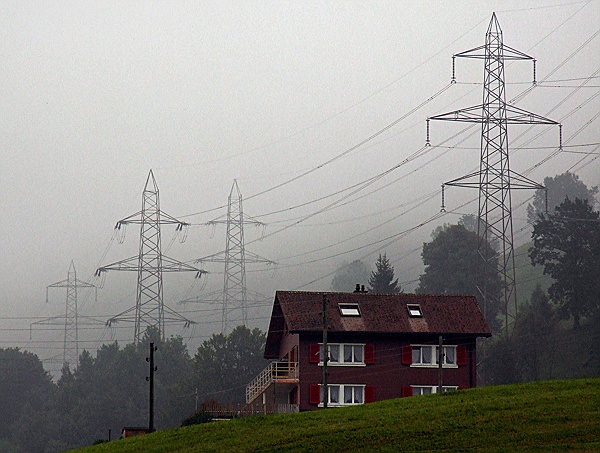
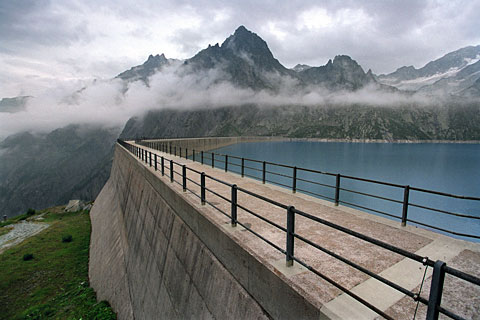
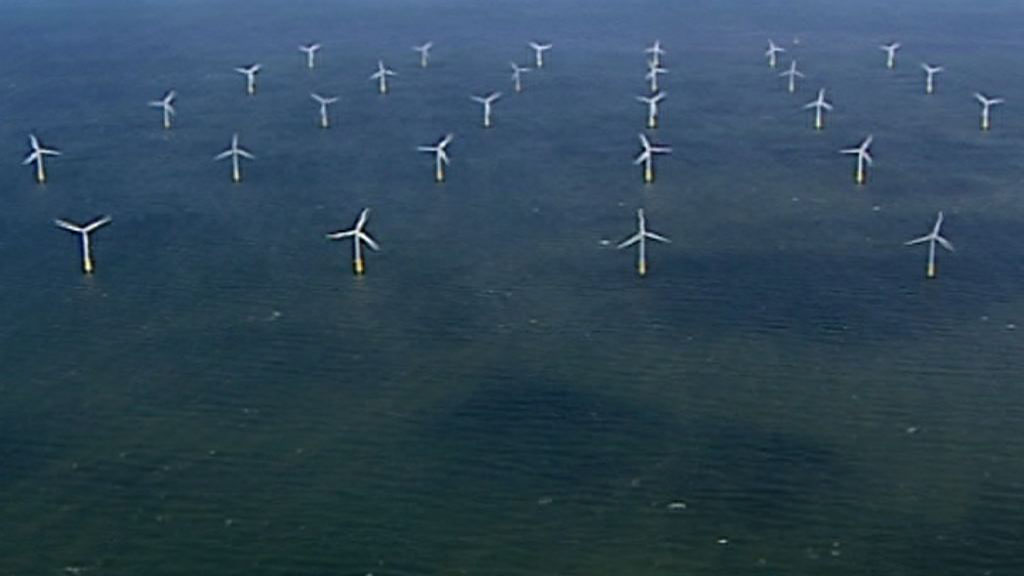
You can find an overview of ongoing debates with our journalists here. Please join us!
If you want to start a conversation about a topic raised in this article or want to report factual errors, email us at english@swissinfo.ch.